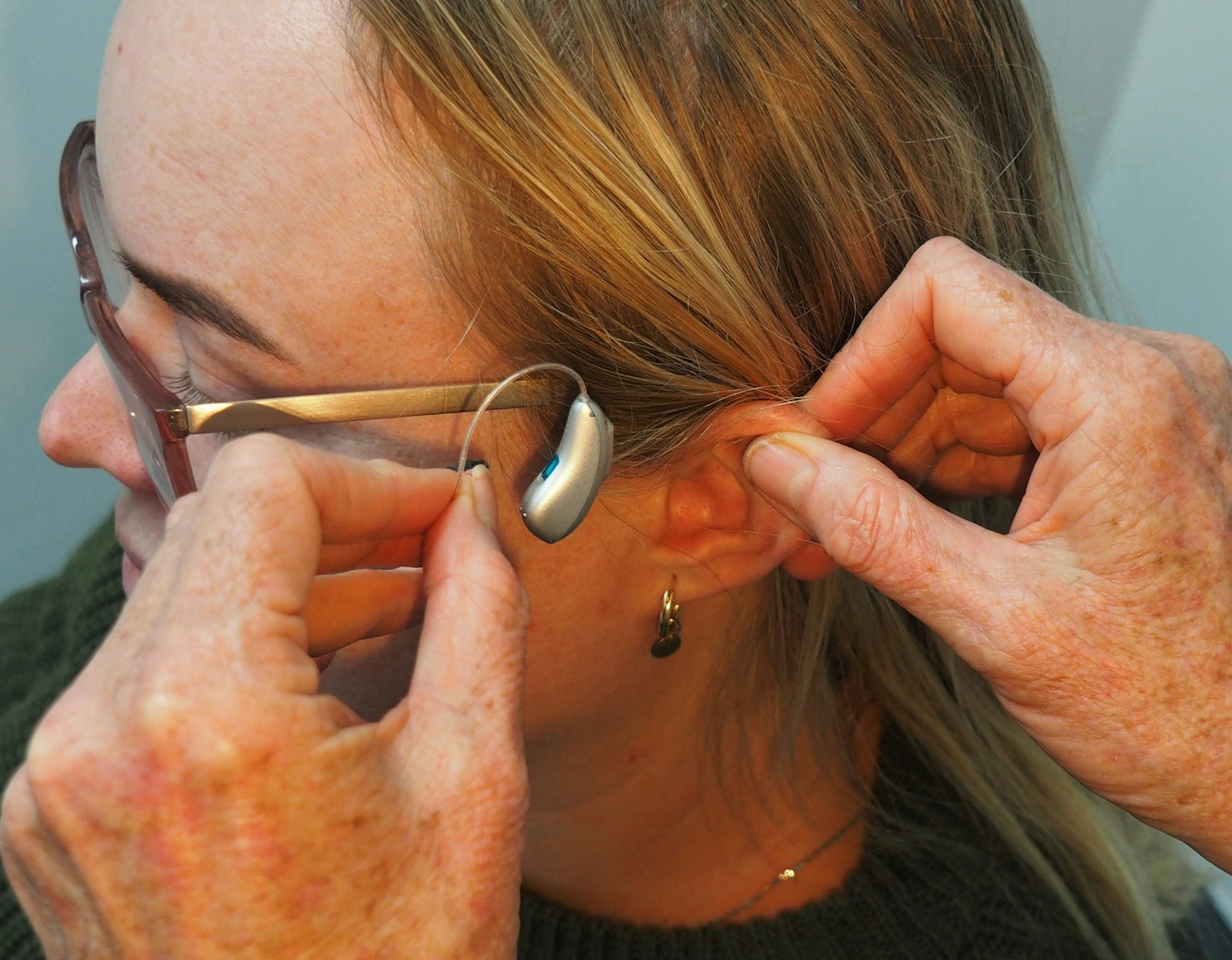In the rapidly evolving landscape of hearing technology, the recent strides in hearing aid development signify a monumental leap towards enhancing the auditory experience for millions of individuals with hearing loss. With an unwavering commitment to innovation, researchers and manufacturers are relentlessly pushing the boundaries of what’s possible, integrating cutting-edge technologies that promise not only to improve hearing capabilities but also to transform the overall quality of life for their users. This comprehensive exploration delves into the heart of these advancements, shedding light on the cutting-edge features, groundbreaking research, and the impact these innovations are having on the auditory world.

Bridging Gaps with Bluetooth Integration
One of the most transformative advancements in hearing aid technology is the integration of Bluetooth connectivity. This feature allows hearing aids to directly connect with various devices such as smartphones, televisions, and computers, enabling users to stream audio directly into their hearing aids. This direct connection eliminates background noise, enhancing clarity and making it easier for users to engage in conversations, enjoy music, and participate in video calls. Moreover, Bluetooth-enabled hearing aids can be easily controlled via smartphone apps, offering users an unprecedented level of convenience and customization at their fingertips.
AI and Machine Learning: A Leap Towards Smart Hearing
Artificial Intelligence (AI) and machine learning are at the forefront of hearing aid innovation, offering smart solutions that adapt to the user’s environment. These intelligent hearing aids can analyze the soundscape, distinguishing between speech and noise to automatically adjust settings for optimal hearing. This means that whether you’re in a crowded restaurant or a quiet room, your hearing aid can dynamically enhance speech while suppressing background noise, ensuring clear communication in any setting.
Rechargeable Revolution
Gone are the days of constantly replacing tiny batteries. The shift towards rechargeable hearing aids marks a significant milestone in convenience and sustainability. With long-lasting battery life, users can now enjoy all-day hearing support with a simple overnight charge. This not only reduces the environmental impact by minimizing battery waste but also offers users peace of mind, knowing that their hearing aids are always ready to perform.
Invisible Solutions: The Rise of Discreet Hearing Aids
The demand for invisible or nearly invisible hearing aids has led to remarkable innovations in design. Manufacturers have developed models that sit completely in the canal (CIC) or even deeper in the invisible-in-canal (IIC) styles, making them virtually undetectable to the outside world. These discreet options are not just about aesthetics; they also offer natural sound quality, as they can leverage the ear’s natural anatomy to funnel sound to the microphone.
Binaural Processing: Mimicking Natural Hearing
Advancements in binaural processing technology have enabled hearing aids to work in tandem, closely mimicking the brain’s natural processing of sound from both ears. This technology enhances spatial awareness and improves the ability to locate the direction of sounds, providing a more immersive and natural listening experience. By synchronizing audio input from both ears, users can enjoy improved speech understanding and a balanced sound environment.
Tinnitus Relief Features
For those suffering from tinnitus, modern hearing aids offer built-in sound therapy features that can help mask the irritating ringing or buzzing sounds. These features provide relief and can be tailored to the individual’s needs, making it easier to cope with tinnitus in daily life.
Future Frontiers: The Horizon of Hearing Aid Technology
As we gaze into the future of hearing aid technology, several exciting developments are on the horizon. Innovations such as biometric health monitoring, which can track heart rate and physical activity, are being explored. Additionally, the integration of augmented reality (AR) with hearing aids could offer users enhanced auditory and visual information about their surroundings, further enriching the auditory experience.
The Impact of Innovation
The latest advances in hearing aid technology are not just about improving hearing; they’re about enhancing quality of life. With features that offer greater connectivity, personalization, and discretion, users can experience improved communication, increased confidence, and a stronger connection to the world around them. The sound of innovation in hearing aids is a testament to the relentless pursuit of enhancing human experiences, demonstrating that the future of hearing technology is not only about hearing better but living better.
Conclusion
The landscape of hearing aid technology is undergoing a remarkable transformation, driven by the relentless pursuit of innovation. From Bluetooth connectivity and AI-driven smart hearing to rechargeable solutions and invisible designs, these advancements are not only enhancing auditory experiences but are also significantly improving the quality of life for individuals with hearing loss. As we continue to push the boundaries of what’s possible, the future of hearing aids promises even more exciting developments, ensuring that the sound of innovation will continue to echo through the lives of millions around the world.
Stelly is a health enthusiast and a devoted mom who channels her passion for wellness into her writing. With a strong focus on living a balanced and healthy lifestyle, she shares insights on everything from nutrition to self-care. Her love for yoga and staying active reflects her commitment to personal well-being, and she enjoys finding peaceful moments to read and recharge. Stelly's experiences as a mother and her dedication to health inspire her to offer practical, relatable advice to others looking to enhance their well-being while navigating the demands of daily life.
